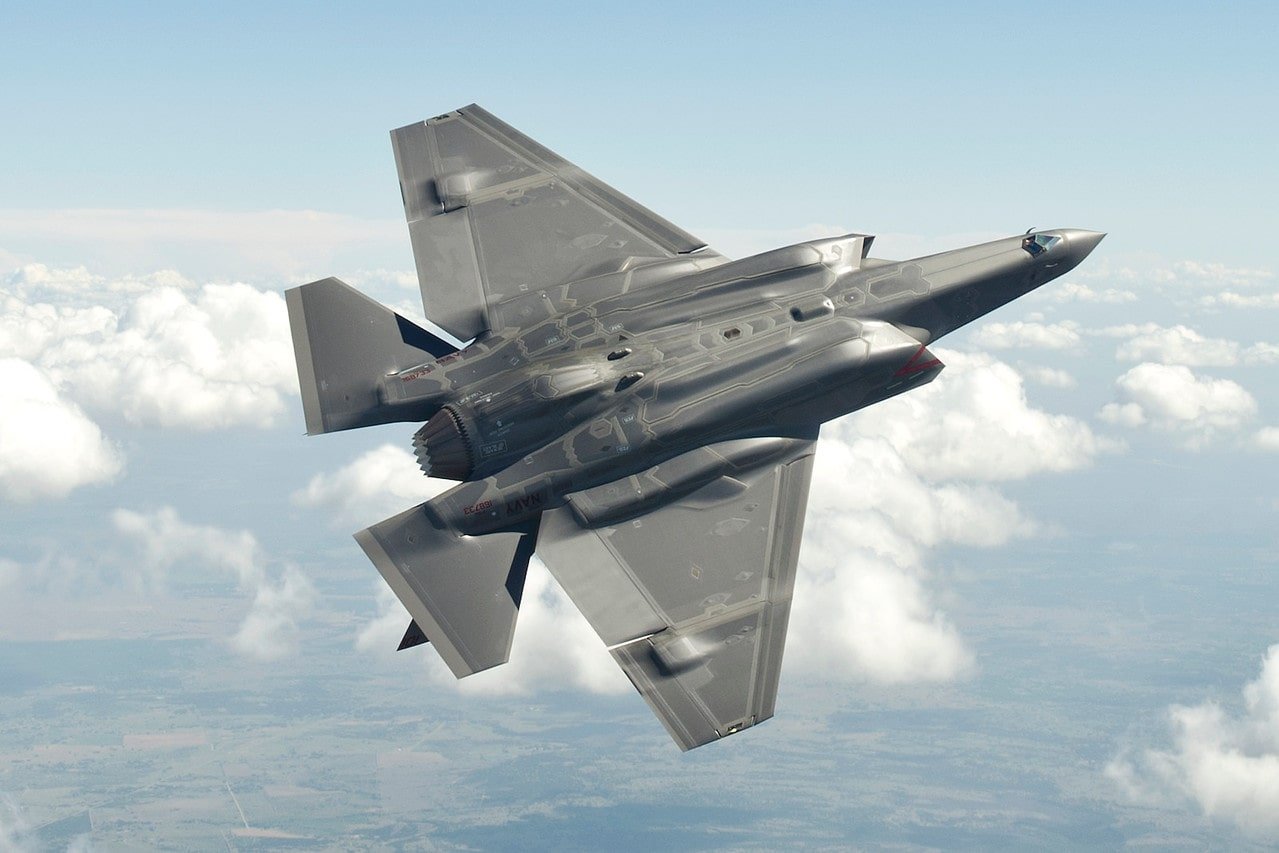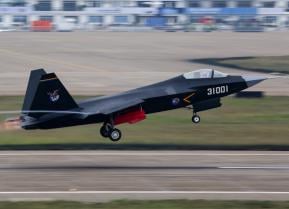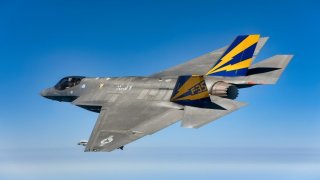F-35: $1.7 Trillion Well Spent? China and Russia Would Say Yes
At the time of its development in the late 1990s and early 2000s, the F-35 incorporated systems that were at the bleeding edge of combat aircraft design. It still dominates today.
With a final price tag of $1.7 trillion across its lifetime, the F-35 was easily the most expensive weapons development program in history. A combination of advanced systems, diverse requirements, and poor production choices led to ballooning costs, while the cost per flight hour is among the highest of all multirole fighters.
Cost aside, though, the F-35 is among the most dominant aircraft in the sky today.
F-35: Advanced Tech
At the time of its development in the late 1990s and early 2000s, the F-35 incorporated systems that were at the bleeding edge of combat aircraft design. While it was able to build on lessons learned from the F-22 program, many of its most sophisticated sensors and avionics components were brand new and came with a host of kinks that needed to be ironed out.
One of the major upgrades delivered by the F-35 is its open architecture code — over 8 million lines’ worth — that allows for continuous updates and improvements over time. While this may reduce upgrade costs in the future, bugs and issues have continued to plague the aircraft, driving up costs.
Diverse Requirements
In addition to state-of-the art technology, the F-35 suffered from an array of requirements that made design incredibly challenging. The F-35 program was called the Joint Strike Fighter, and its intent was to provide a new aircraft to all three air arms of the U.S. Military — the Air Force, Marine Corps, and Navy. The hope was that having one program for all three services would speed up design and reduce production and maintenance costs by having 75% part similarity between models.
Ultimately, the pressures of each service disrupted this vision. The U.S. Air Force wanted a replacement for the F-16, with reasonable air-to-air and air-to-ground capabilities. The U.S. Marine Corps was looking for a new Harrier jump jet and needed Short Takeoff, Vertical Landing for service on amphibious assault ships. The U.S. Navy variant had to be carrier-capable, able to withstand the intense stresses of catapult launches and arrested landings, as well as having increased fuel capacity for bluewater operation. Overall, this meant Lockheed Martin was practically designing three separate aircraft. The result was skyrocketing costs and lowered expectations. Today, the A, B, and C models share only 30% parts similarity.
Concurrent Production
While Lockheed had little choice in the cost of technologies incorporated or design criteria, they made a major error in utilizing concurrent production for the F-35. This method involved building aircraft for delivery while still testing and evaluating the design.
What resulted was the military taking delivery of aircraft that had major deficiencies and were not fit for service. Upgrading these models while simultaneously fixing the production process was incredibly costly.

Overall, the F-35 Is Worth the Cost
The F-35 might have a very hefty price tag, but the powerful airframe is well worth it. The jet’s unparalleled capabilities make it a critical component to America’s aerial strategy, especially considering the newer airframes Beijing and Moscow have developed.

First and foremost, the F-35 boasts powerful stealth capabilities, including its extremely low radar cross section. Measuring at roughly the same size as a metal golf ball, the fighter’s radar cross section is so tiny that it is nearly impossible for enemy aircraft to detect.
Even though the Air Force is already developing its Next Generation Air Dominance fighter, the F-35 will remain a mainstay for the service for years to come.
Author Expertise
Maya Carlin is an analyst with the Center for Security Policy and a former Anna Sobol Levy Fellow at IDC Herzliya in Israel. She has by-lines in many publications, including The National Interest, Jerusalem Post, and Times of Israel. You can follow her on Twitter: @MayaCarlin.


